Introduction to Sedum Gardening
Discover the joys of growing sedum, a versatile and hardy succulent that adds texture and color to any garden. We will briefly introduce sedum and its popularity among gardeners.
Welcome to the wondrous world of sedum, the unsung hero of the succulent family. Let’s be honest, when it comes to succulents, sedums might not snatch the spotlight as much as their fleshy-leaved cousins, but they hold their own with remarkable resilience and sheer beauty. Picture this: a carpet of greens, grays, and reds unfurling in your garden, requiring little more than a “hello” and “goodbye”: a hello when planting them and a goodbye as they thrive with minimal attention.
If you think a green thumb is something you’re either born with or without, think again. Growing sedum is almost like having a garden that forgives you if you forget to water it or if you’re a little too generous with the sunbeam invites. It’s no wonder that gardening newbies and pros alike celebrate sedum for its drought-hardiness and ability to jazz up anything it touches.
Now, if you’re picturing your future sedum sanctuary and wondering how to get those stonecrops started, let’s plant some knowledge seeds right here. Check out this video for an extra splash of inspiration:
There’s a flavor of sedum for every palate—whether you desire a groundcover that greets every passerby or a potted splash of nature that brightens up a windowsill. Stick with us, and you’ll soon be weaving your very own tapestry of these textural treasures, your garden a living proof that, indeed, simplicity can be stunning.
Understanding the Sedum Species
Dive into the captivating world of sedums, a group of succulents celebrated for their resilience and beauty! From the frosty outposts of your garden to the arid landscapes of rockeries, sedums are the unsung heroes embellishing every nook with their easy-to-grow charm. Known for their drought-tolerant superpowers, these plucky plants come in a kaleidoscope of colors, bringing life to garden spaces with minimal fuss. Imagine a patchwork quilt of greens, reds, and yellows, sedums weaving through your garden, creating a mesmerizing mosaic that’s both alluring to the eye and nurturing to the soul.
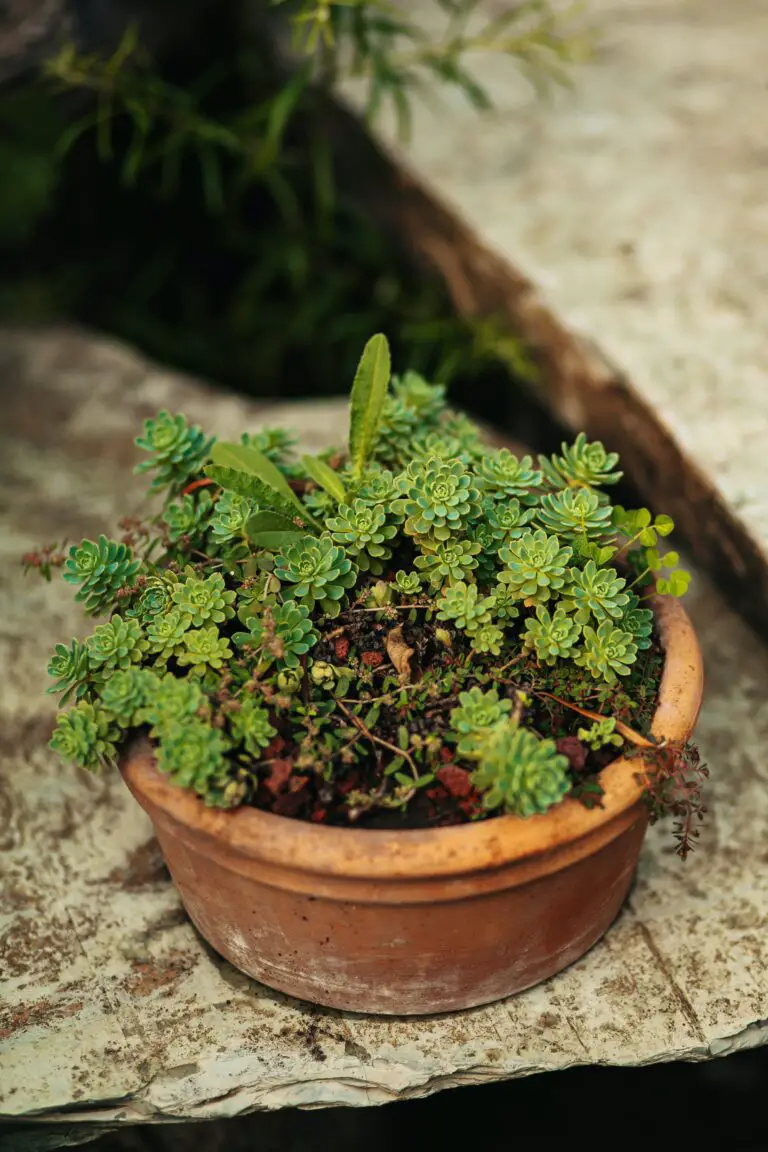
Within the sedum family lies a treasure trove of varieties, each flaunting unique characteristics. Picture the ‘Autumn Joy’ variety, its robust heads blossoming into star-shaped blooms heralding the arrival of fall. Then there’s the ‘Dragon’s Blood’, draping over edges with its mythical deep red foliage, enchanting onlookers and creating stories in the garden. These are but glimpses into the sedum portfolio, a range of succulents that not only adapt to different environments but also become showstoppers with their architectural forms.
Eager to start your own sedum sanctuary? You’re in for a treat as these plants are surprisingly simple to grow. Whether it’s a sunny spot by your porch or a dappled corner in the yard, sedums are accommodating, asking for nothing more than well-drained soil and a bit of sun-kissed affection. In return, they gift you an ever-evolving canvas of textures and hues. And if you’re wondering about their care through the colder months, fear not, for many a sedum variety has mastered the art of frost resilience, perfectly content under a blanket of snow.
So what are you waiting for? It’s time to let your green thumb play and experiment with the delightful diversity of the sedum species. Create your very own succulent tapestry that’s not only a visual delight but also a testament to your gardening prowess. Sedums are waiting to take root in your life, promising a lush escape with every glance. Get ready to transform your garden into a sedum sanctuary, a space where these tough yet tender succulents can thrive and enchant.
Optimal Growing Conditions for Sedum
Unlock the full potential of your Sedum garden with the just the right balance of sunlight and shade. Imagine basking in the warmth of a sunny day; Sedum plants relish this too, preferring a generous helping of full sun to part shade. It’s like sunbathing for succulents, providing them with the energy to flourish and fill your garden with vibrant life.
Now, let’s talk temperature. These hardy little wonders are no delicate flowers; they thrive in conditions that mimic their native rugged landscapes. Think Mediterranean breezes or the dry warmth of rocky outcrops. Aiming for a range that skirts between the cool side of temperate to the cusp of heat – that’s where Sedum plants truly come into their own. Keep them comfortable in USDA growing zones 3 through 9, and they’ll reward you with a resplendent display.
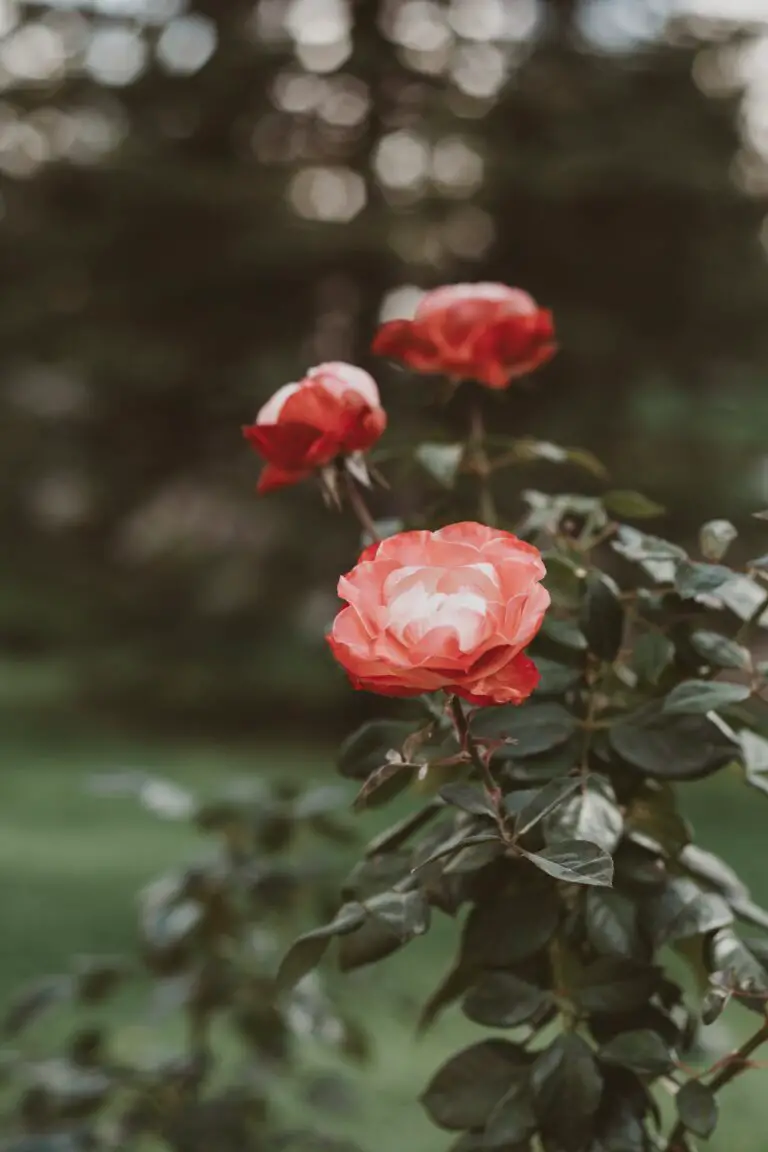
You might be pondering, “How do I replicate these dreamy conditions?” It’s simpler than you think. Picture this: a garden perched on a slope, capturing just enough sun, emulating the inclines of far-off lands where Sedum roams wild. Want to see this come to life? Epic Gardening reveals the art of nurturing Sedums to radiate with color and vitality.
But what if your garden is more urban jungle than rolling hills? Fear not! Sedum is adaptable. In the quieter corners of your city space, they can still prosper. Just mimic those optimal conditions, and your urban oasis can become a Sedum sanctuary where these robust succulents withstand the ebbs and flows of city life.
Remember these guidelines as your green thumbs go to work, and watch your Sedum garden thrive, a serene retreat from the buzz of the everyday, a reminder of nature’s resilience and adaptability.
Soil and Nutrition Requirements
Dive into the specifics of the soil mix and nutritional needs of sedum to ensure your plants grow healthy and strong. Understand the balance of drainage and fertility essential for sedum. It’s like preparing a gourmet meal for your garden’s green inhabitants – the right mix can make all the difference in their growth and vitality.
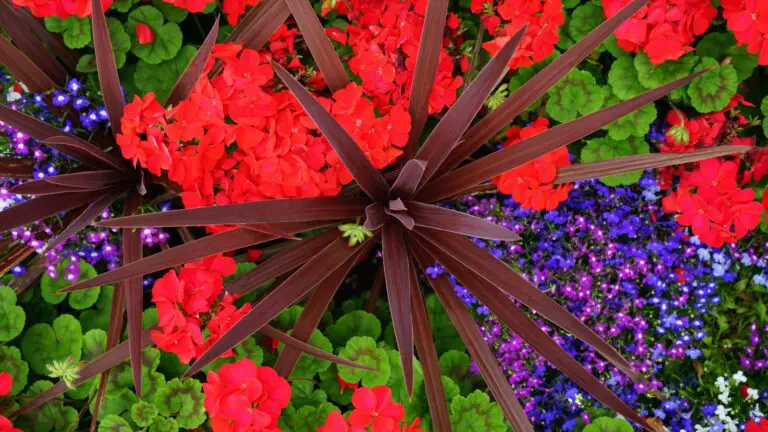
Imagine setting the stage for a thriving sedum sanctuary: the foundation is well-draining soil that mimics their natural rocky habitats. These plants are the Houdinis of the garden, flourishing in conditions that would spell disaster for others. Your standard garden soil? Too clumpy. Sedum needs a performance space with a mixture that’s agro-couture – think gritty sand, perky pebbles, and nonchalant nutrients.
But where do you even begin to concoct such a mix? A guide to the best soil for growing sedum suggests a blend of half perlite and half succulent mix, striking the right note between aeration and moisture retention. This creates a haven for roots that seek freedom from waterlogging, yet yearn for the occasional sip of hydration.
Fertility is the subtle undercurrent that nourishes the sedum. Overfeed, and you’ll watch the sedum’s once strong character become bloated with excess growth, like a once-great actor taking on too many roles. The key is low-nutrient content; minimalism in feeding reflects the sedum’s own wild elegance – enough to sustain, not enough to smother.
Real-life gardeners know that sedum are the connoisseurs of neglect. Their tough love approach is a refreshing renunciation of the over-zealous gardening practices. Rich nutrients? Unnecessary. These plant performers dance in soils that less hardy flowers would balk at. They make a garden’s poor soil into a stage for a spectacular, low-maintenance show.
By fine-tuning the soil and nutrition, your sedum can put down roots in an environment crafted for success. Think of it as composing the soil symphony in which each sedum note resonates with strength and clarity. Adequate drainage and judicious fertility are your maestro’s baton directing this botanical orchestra.
Planting and Spacing Techniques
Embarking on your journey with Sedum, or stonecrop, is akin to creating a tapestry of succulent splendor. It’s not simply about putting plants in the soil; it’s a thoughtful process of spacing and arrangement that can take your garden from mundane to magnificent. Let’s dive into some tried and tested techniques to ensure your sedum not only survives but thrives.
First, consider the method you’ll use to start your sedum sanctuary. You might be working with seeds, cuttings, or young plantlets. If you choose to sow seeds, sprinkle them lightly over the soil’s surface, as these fleshy treasures require a lot of light to germinate, and covering them would impede their growth. For cuttings, the magic is in the simplicity: snip, plant, and watch them root with ease. Each cutting should have some room to breathe, so space them about 6 to 8 inches apart.
Should you select plantlets, imagine them as the future full-sized plants they aspire to be. Sedum varieties have a personal space bubble, and they’d appreciate you respecting it. Larger varieties need about 12 inches of space, while their smaller cousins are content with 6 inches. This foresight prevents overcrowding and ensures each plant gets its share of sunlight, water, and nutrients.
Let’s illustrate these tips with a real-life example. Picture a sunny slope in your garden, now transformed into a terraced sedum display. On the uppermost terrace, seeds are carefully sprinkled, readying for their sun-kissed debut. One terrace down, cuttings are evenly spaced in artful clusters. The lowest level saves room for the plantlets, with ample space for them to expand and flourish into a lush, living carpet of greens and vibrant blooms. This stunning arrangement not only pleases the eye but sets the stage for healthy growth and a resilient sedum sanctuary.
Bear in mind that sedum is a forgiving plant, often thriving in less than ideal soil. However, they do have an Achilles’ heel: they detest wet feet. Ensuring proper drainage is key. So, if you’re potting them or planting them in clay-heavy soil, consider elevating their bed or adding gravel to the mix to let excess water escape.

Imagine your garden a year from now. With the right planting and spacing techniques, your sedums have grown into robust, self-sufficient warriors of the plant kingdom, embracing the sun, and thriving with minimal fuss. This is the beauty of sedum — a low-maintenance, high-reward garden companion that asks so little yet gives so much. Start your journey with seeds, cuttings, or plantlets, but remember, it’s not just the destination that matters; it’s the space you give them to thrive along the way.
Mastering Sedum Watering Practices
When it comes to quenching the thirst of your sedum sanctuary, striking the right balance can mean the difference between a flourishing succulent spread and a sullen, soggy mess. It’s a sedum story we’re all too familiar with: the eager gardener, armed with a watering can and good intentions, only to find their efforts have led to an overwatered disaster. But fear not, as mastering the art of watering these drought-tolerant darlings is within reach.
Making Every Drop Count
Consider sedum the camels of the plant kingdom – these hardy succulents store water in their fleshy leaves, meaning they can survive on less than you might expect. Let’s take Jane, a sedum enthusiast, as an example. She discovered that less is more when it comes to watering by testing the soil’s moisture level with a simple touch. If the top inch feels dry, it’s time to water; if not, Jane and her sedum can wait another day. This straightforward test will help you avoid the pitfall of overwatering.
Timing is Key
The best time to water sedum isn’t at high noon under the blazing sun, but rather during the cooler parts of the day—early morning or late afternoon. This way, the water gets where it needs to go without quick evaporation. Plus, the plants have ample time to absorb moisture before the temperatures drop at night, preventing any potential chill damage to wet roots.
Now that you’ve got the basics down, it’s time to see these tips in action. Dive into this handy video that breaks down the essentials of sedum watering in a way that’s sure to stick:
Remember, the goal is a happy, hydrated sedum, not a waterlogged one. Be mindful of your local climate and seasonal changes. If your area is getting plenty of rain, hold back on the watering. If you’re facing a dry spell, it’s time to step in. Keep these tips in mind, and you’ll cultivate a sedum space that’s the envy of succulent enthusiasts far and wide!
Sedum Propagation Made Easy
Ever dreamed of expanding your green space without splurging at the garden center? It’s time to dive into the world of sedum propagation, a simple yet rewarding process that turns one plant into many. Sedum, with its diverse species, offers a delightful array of textures and colors, making it a perfect candidate for propagation. So, roll up your sleeves, and let’s multiply your sedum sanctuaries!
Starting with Leaf Cuttings
Imagine each leaf as the start of a new succulent – that’s the magic of leaf cuttings. Choose a healthy sedum leaf, give it a gentle twist, and voilà, you’ve begun the propagation process. Lay the leaf on well-draining soil and wait for the magic to happen. Over the weeks, you’ll witness tiny roots and a miniature plant emerging like a phoenix from the ashes. Be cautious, though; patience is key. Overwatering is the nemesis of succulent propagation, so just a light mist will do.

The Art of Division
Division is the quintessential method for gardeners who love instant gratification. As your sedum matures, it’ll naturally multiply into multiple crowns. During the active growing season, gently separate these crowns and plant them into new homes. It’s like uncovering hidden treasures below the soil’s surface. Spot them, split them, and suddenly, you have more sedum to love. Plus, division isn’t just about increasing numbers; it rejuvenates your plants, encouraging more vigorous growth and a healthier garden overall.
There you have it, friends – the seamless ways to expand your sedum collection. With these techniques, you’ll be well on your way to creating a lush, vibrant succulent garden that’s both a joy to behold and a testament to your growing expertise. Remember, each little leaf and every chunky cluster holds the promise of new life. Embrace the process, share your successes, and watch as your sedum sanctuaries flourish.
Pruning and Maintenance: A Step-by-Step Guide for Thriving Sedum
Welcome to the essential chapter in your sedum cultivation journey—the art of pruning and maintenance. Just as a sculptor shapes their masterpiece, you’ll find joy in guiding your sedum to its fullest potential. Put on your gardening gloves, and let’s dive into the green world of clipping and caring!
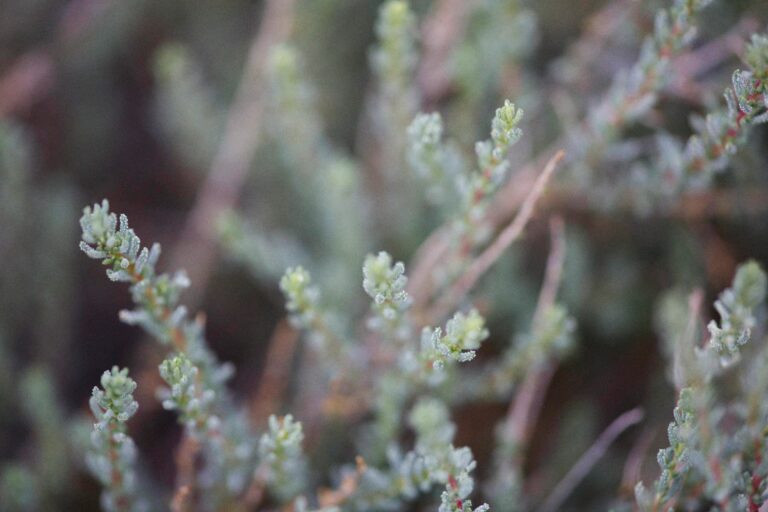
Imagine a cluster of sedum plants, with their fleshy, vibrant leaves spilling over the sides of their containers like a verdant waterfall. Beautiful, isn’t it? But here’s a secret: that perfection is the result of regular tending. First off, you’ll want to set a routine to inspect your sedum army for dead or dying foliage—these are your culprits in blocking new growth. Clip them away gently, and you’ll notice your sedum breathe a sigh of relief, ready to flourish unencumbered.
When to Wield Your Pruning Shears
The best time for pruning is late winter or early spring, before new growth starts. This timing allows your sedum to heal quickly, avoiding diseases that prey on weak plants. In gardens where sedums stand guard year-round, snip away the old, faded flowers, and the beauty of the new season will emerge like a phoenix from the ashes.
Healthy Cuts for Hearty Growth
When you’ve spotted leggy stems or overgrown patches, it’s time to act. A gentle trim not only improves your sedum’s appearance but also encourages the bushy growth we all adore. Cut back a third of the plant, slicing just above a leaf node. This strategic move sends a signal: “Grow, sedum, grow!” And trust me, it will respond with gusto.
Gardeners, a pro-tip: clean your tools before and after pruning. Sedum rogues could be carrying unseen miscreants, and we can’t let them jump from plant to plant. Think of it as a hygiene routine for your garden. A simple swipe with rubbing alcohol, and you’re a champion of plant health.
Of course, the joy of tending to sedum is in witnessing its resilience and adaptability as it responds to your care. One snip at a time, you’re not just shaping plants; you’re curating a living, breathing work of art. Make each cut with confidence and watch as your Sedum Sanctuary thrives under your guardianship.
Sedum Pests and Potential Problems
Creating a sanctuary filled with the plump and vibrant leaves of sedum plants is a delight for any garden enthusiast. However, as you bask in the calming greenery, it’s vital to stay vigilant about the miniature marauders that might sneak into your sedum sanctuary. Let’s peel back the petals and look at some common foes of these succulent beauties and arm ourselves with knowledge to keep them at bay.
Common Culprits in the Sedum Garden
Imagine ambling through your garden and noticing that the normally resilient sedum leaves are showing signs of distress. It’s not uncommon; a myriad of minute menaces could be at work. We’re talking about aphids that cluster like tiny green or black hitchhikers, sucking the vigor from your plants, or mealybugs that cloak themselves in a cottony deception while feasting on sedum sap. And let’s not forget about the slugs, indulgent and underestimated, who slide along, nibbling nocturnally at the fleshy leaves of your sedum.
These pests don’t have to signal the end of your succulent haven, though. Integrated pest management (IPM) focusing on non-chemical methods can be remarkably effective. For instance, inviting natural predator insects like ladybugs or setting up a shallow dish filled with beer to trap slugs can be efficient ways to protect your sedum without reaching for pesticides.
Environmental Factors and Fungal Foes
Aside from the six-legged pests, sedum’s struggle can sometimes stem from the environment itself. Overly enthusiastic watering, or a spell of damp weather, can tip the balance and welcome opportunistic fungi. ‘Crown rot’ may sound like a regal dilemma, but it’s a down-to-earth issue that can quietly compromise your sedum, causing the base of the plant to soften and disintegrate. Proper drainage and watering practices can prevent this royal pain from dethroning your sedum’s splendor.
In living color, real-life examples demonstrate the resilience of sedums. Take the case of one gardener, who, after observing white, webby spots on her plants, identified a spider mite infestation. By introducing a daily spray-down with water to literally wash the problem away and increasing humidity around the plants, she reclaimed her sedum’s health without chemical warfare.
Another sedum savior faced nocturnal raids by slugs. By ringing her garden beds with crushed eggshells and coffee grounds, she created a barrier that the slugs found too abrasive to cross, saving her sedums from becoming a midnight snack.

Indeed, the journey to establishing a serene and flourishing sedum garden may have its hiccups. Still, with proactive care and a touch of ingenuity, you can navigate through the challenges. Stay observant, be adaptable with your strategies, and enjoy the rewards of a lush, pest-free sedum sanctuary. Remember, the best offense is a good defense when it comes to gardening!
Enjoying Sedum Year-Round
Imagine a garden that thrives through the sweltering heat of summer and stands firm against the biting chill of winter—welcome to the world of sedum! Sedum, a group of succulents renowned for their hardiness and resilience, can provide year-round interest and beauty to any garden space. Let’s dive into how to enjoy your sedum sanctuary no matter the season!
Spring into Action: Greeting the Growing Season
As spring unfolds, sedum plants shake off the frost and begin their growth spurt. It’s the perfect time for gardeners to step in and support this new life. Clearing away dead foliage and providing a modest helping of compost can do wonders. Imagine tiny sedum rosettes peeking out from the soil, ready to expand under the watchful eye of a nurturing gardener. It’s like witnessing a botanical awakening, with sedum as the star performer in an enchanting spring play.
Summer Lovin’: Sedum in Full Bloom
Summer is when sedum truly shines, with clusters of star-shaped flowers bursting in an array of colors. In this season, the succulent’s needs are few—just a bit of water during droughts and plenty of sunshine. Picture a garden alive with pollinators, the sedum’s blooms a beacon for bees and butterflies. They demand so little yet give so much, asking for nothing more than a sunny spot to put on a floral display fit for royalty.
Fall’s Fiery Finale: A Spectrum of Autumnal Hues
As the air cools, sedum plants transition into a stunning showcase of fall colors. Their thick leaves change from green to golds, reds, and rusts, echoing the trees’ autumnal dance. This is not the curtain call; rather, it’s an enigmatic transformation, with sedum leading the garden’s seasonal symphony. It’s a time for gardener’s like you and me to revel in the kaleidoscope of colors and prepare for the quieter times ahead.
Winter Whispers: Overwintering Strategies for Sedum
When it comes to winter, sedum is a true survivor. But for those in colder climates, a little extra care can go a long way. Shielding them from excess moisture and providing a layer of mulch can be like wrapping them in a cozy blanket. Imagine your garden as a hibernating bear, the sedum snuggling down below the snowline, biding their time until the cycle begins anew. It’s a testament to the strength and perseverance that is often found in nature’s most unassuming characters.
Throughout the year, sedum stands resilient, a testament to the tenacity of life. Now, to see some of these care tips in action, take a look at this insightful video that will surely inspire:
By following this guide to enjoying sedum year-round, you’ll not only cultivate a thriving garden but also develop a deeper connection with the cycles of nature. The robust nature of sedum makes it an excellent choice for enthusiasts and seasoned green thumbs alike.
Design Ideas with Sedum
Welcome to the lush world of sedums, the versatile succulents that are taking over gardens with their easy-going charm and diverse forms. Let’s dive into some garden design inspiration that will transform your green space into a sedum sanctuary! Picture this: textured ground covers, architectural height differences, and a tapestry of colors that keeps the eye roaming.
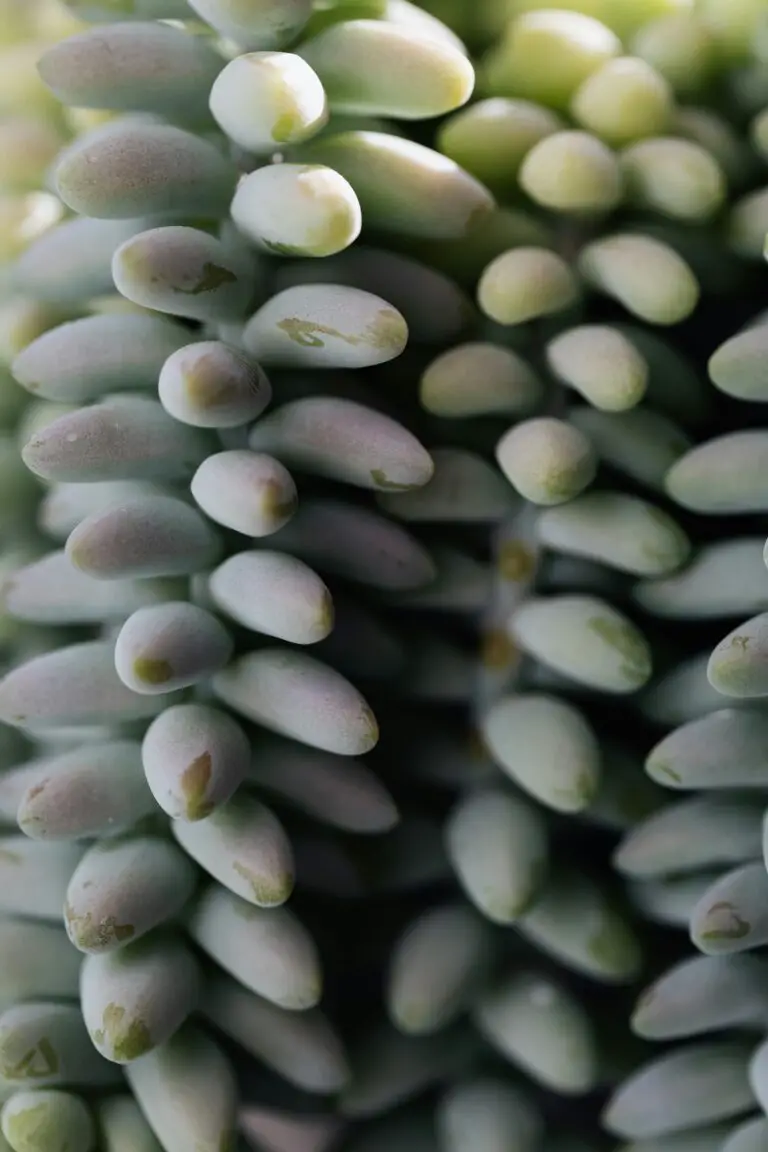
First off, have you considered the ever-so-charming rock gardens? Sedums, with their plump, water-storing leaves, are naturals here. Nestle them between stones and watch them thrive in the nooks and crannies, mimicking the wild no one would guess is meticulously planned.
Next, let’s talk green roofs. They’re not just for hobbits anymore! Sedums are some of the best candidates for rooftop gardens due to their low maintenance and drought resistance. Imagine your roof transformed into an oasis for pollinators, as sedums bloom with flowers that have bees and butterflies buzzing with delight.
But why stop at the ground level or the roof? Sedums can also become living walls that add a vertical dimension to the garden. Picture a tapestry of sedums creating a natural art installation that’s not only beautiful but also benefiting the environment. It’s a conversation starter and an insect haven all in one!
Moving on, have you ever toyed with the idea of a mixed border? Here’s where sedums really play well with others, contrasting with feathery grasses or the bold foliage of hostas. These succulent perennials offer a variety of textures and shades to complement your existing plant collection.
Last but not least, don’t forget the charm sedums can bring to container gardens. Whether cascading from hanging baskets or offering a sculptural element to a mixed pot, sedums can accommodate any style. They’re incredibly forgiving, so even those with a less-than-green thumb can find success.
There you have it, garden enthusiasts and budding greenthumbs! With sedums, your garden ideas can truly bloom into reality. A rockery, rooftop, living wall, or mixed bed – every corner can be a sedum sanctuary, a testament to the resilience and allure of these sun-loving succulents.
Sedum Sanctuaries: Cultivating Your Succulent Garden
Frequently Asked Questions
Are you charting a course through the serene seas of succulent gardening? Setting sail with a sedum sanctuary can be a navigational triumph, and here, we orienteer through the most pressing inquiries whispered among the winds of green-thumbed enthusiasts. Let’s unravel these mysteries with real-life examples, anchoring your sedum success.
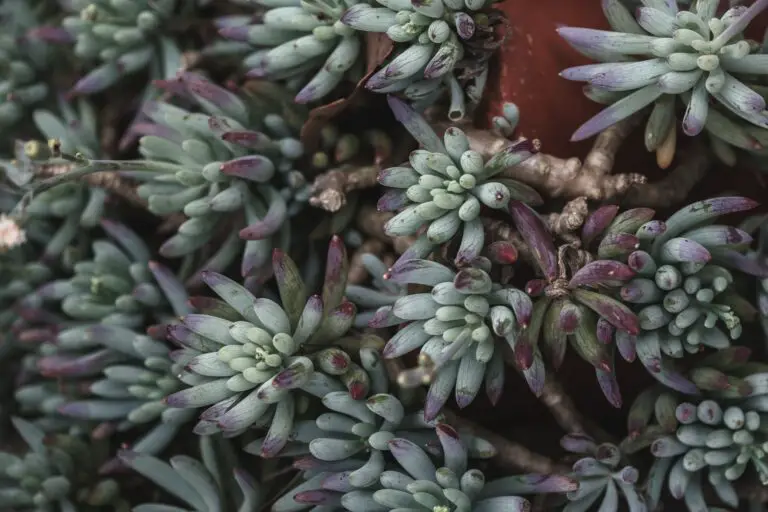
“How much sun does my sedum need to thrive?” Picture this: a succulent, sipping sunrays like a fine wine, perched on your windowsill. Sedums revel in sunlight, craving at least six hours a day. Much like Marissa’s sun-drenched balcony in sunny San Diego, your sedums too can bask in the glory of golden afternoons.
“Can I overwater sedum, and how do I prevent it?” Imagine Fred’s folly when he loved his sedums a splash too much, leading to dismal, droopy leaves. These resilient beings crave a ‘less is more’ approach. Water as if you’re seasoning a gourmet dish—sparingly and with care. Ensure your pots have proper drainage to avert aquatic adversity.
“Is sedum tolerant of cold weather?” Picture a steadfast sedum in Sheila’s Chicago garden, weathering the frost like a botanical eskimo. Many sedums tote a tolerance for chilly air, braving the cold with stoic leaves. Nevertheless, cover them with a frost blanket when Jack Frost comes ringing, ensuring their vibrant vitality endures.
“When is the best time to plant sedums?” Envision a time-lapse of Earth’s renewing cycles—the blooming spring or the mellowing fall. These are the seasons to welcome sedums into your garden’s embrace. Like Tom’s autumnal planting ritual, aligning with nature’s breath brings forth the greatest growth.
“How do I propagate sedum?” Ah, the magic of multiplication, where one becomes many. Snip a stem or pluck a leaf as if you’re gifting a friend a piece of your horticultural heart. Lay them atop the soil, unburied, akin to Mia’s miniature nursery, and witness the wonder of new sedum life unfurl.
Armed with answers, your quest into sedum cultivation now bears the beacon of knowledge. As your fingertips graze the fleshy leaves of your verdant charges, remember these guiding lights shared by countless garden oracles. Grow wisely, grow boldly, and let your sedum sanctuaries flourish.



